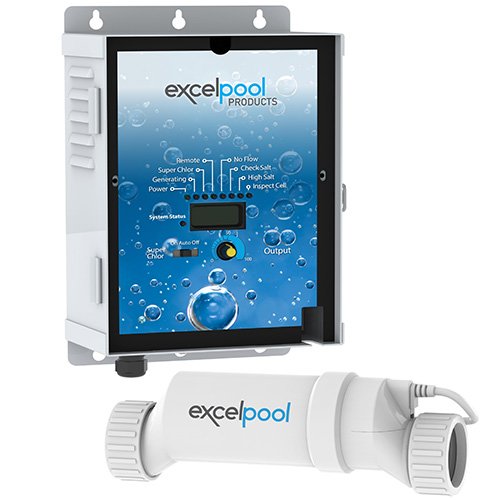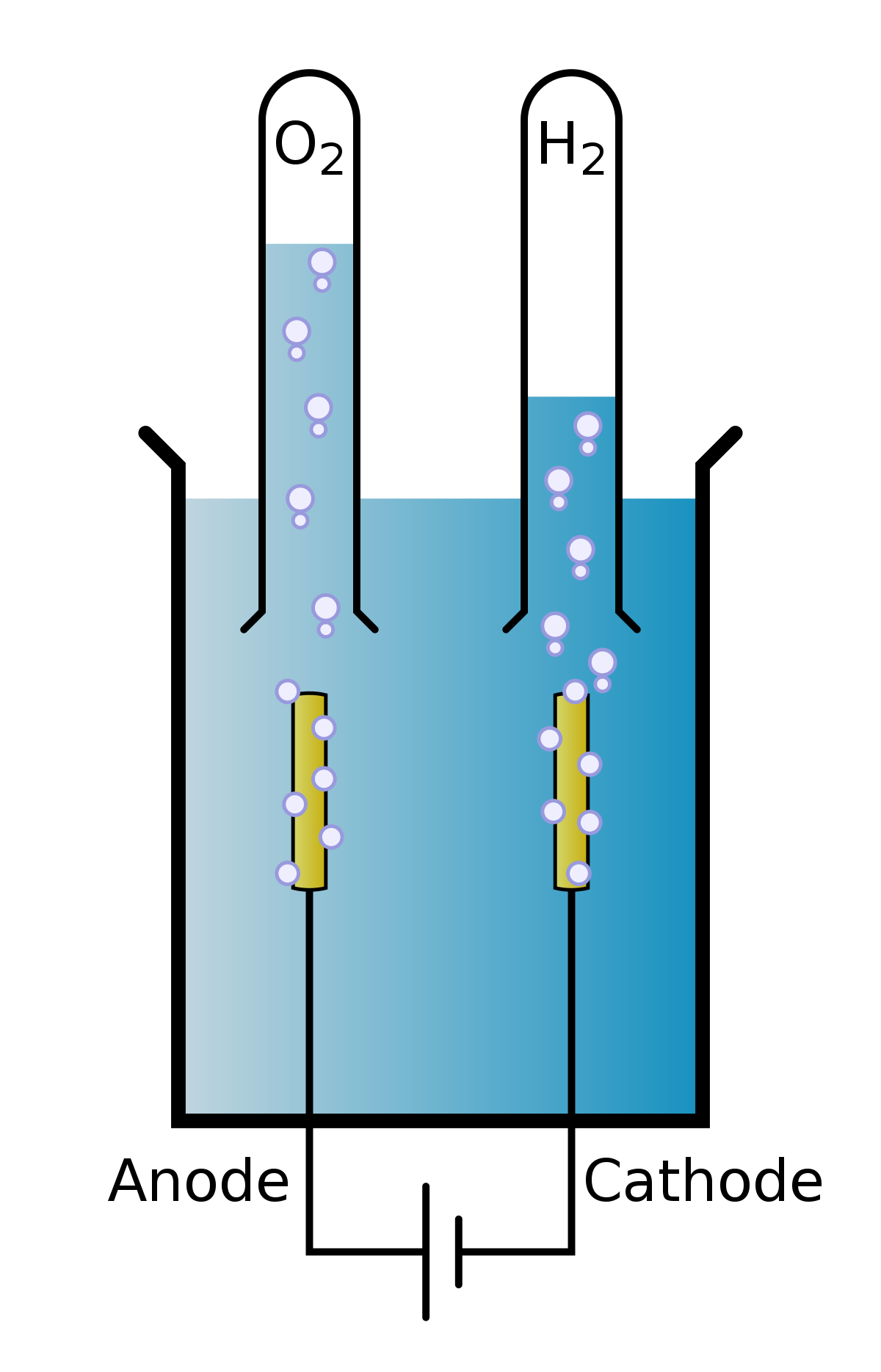- May 27, 2021
- 1,280
- Pool Size
- 17000
- Surface
- Fiberglass
- Chlorine
- Salt Water Generator
- SWG Type
- Pentair Intellichlor IC-40
Bottom line unless you’ve given incorrect part numbers is that you have 2 40,000 gallon cells that are probably working just fine.
BLUE WORKS Salt Cell Model Number: BLT15H Fit for Hayward Salt Cell T-Cell-15, 2-Year Warranty (Clear) https://a.co/d/07uHD81O

PG5967-1 comes back to an excel 40k cell.

 excelpoolproducts.com
excelpoolproducts.com

BLT15H-2W comes back to a blue works 40k cellThe 40K gallon cell is a PG-5067-1
The 60K gallon cell is a BLT15H-2W
BLUE WORKS Salt Cell Model Number: BLT15H Fit for Hayward Salt Cell T-Cell-15, 2-Year Warranty (Clear) https://a.co/d/07uHD81O

PG5967-1 comes back to an excel 40k cell.

Excel Salt Water Chlorine Generator System - Excel Pool Products
The Excel Salt Water Chlorine Generator System brings a new level of convenience and durability for your backyard saltwater pool.
 excelpoolproducts.com
excelpoolproducts.com











